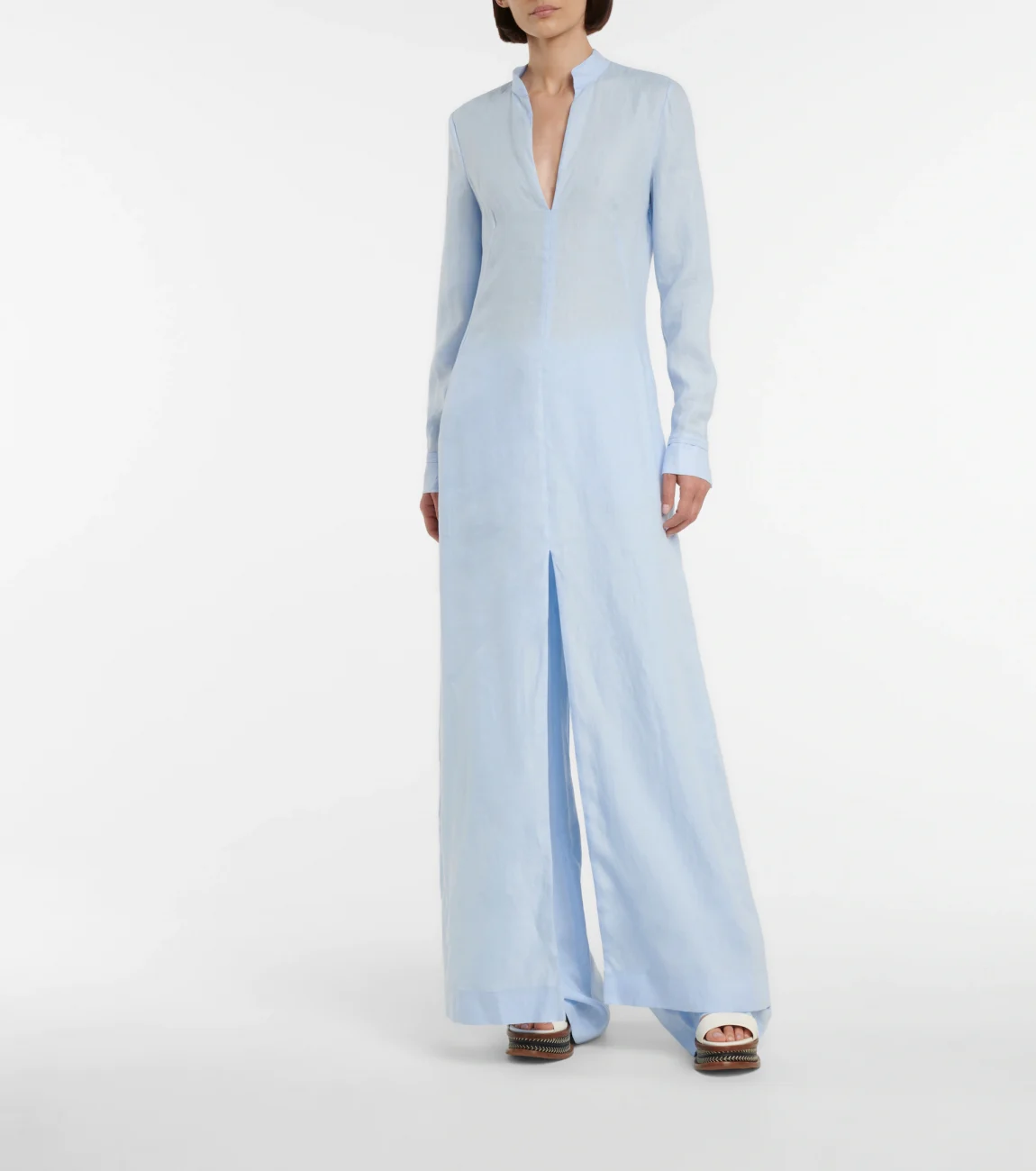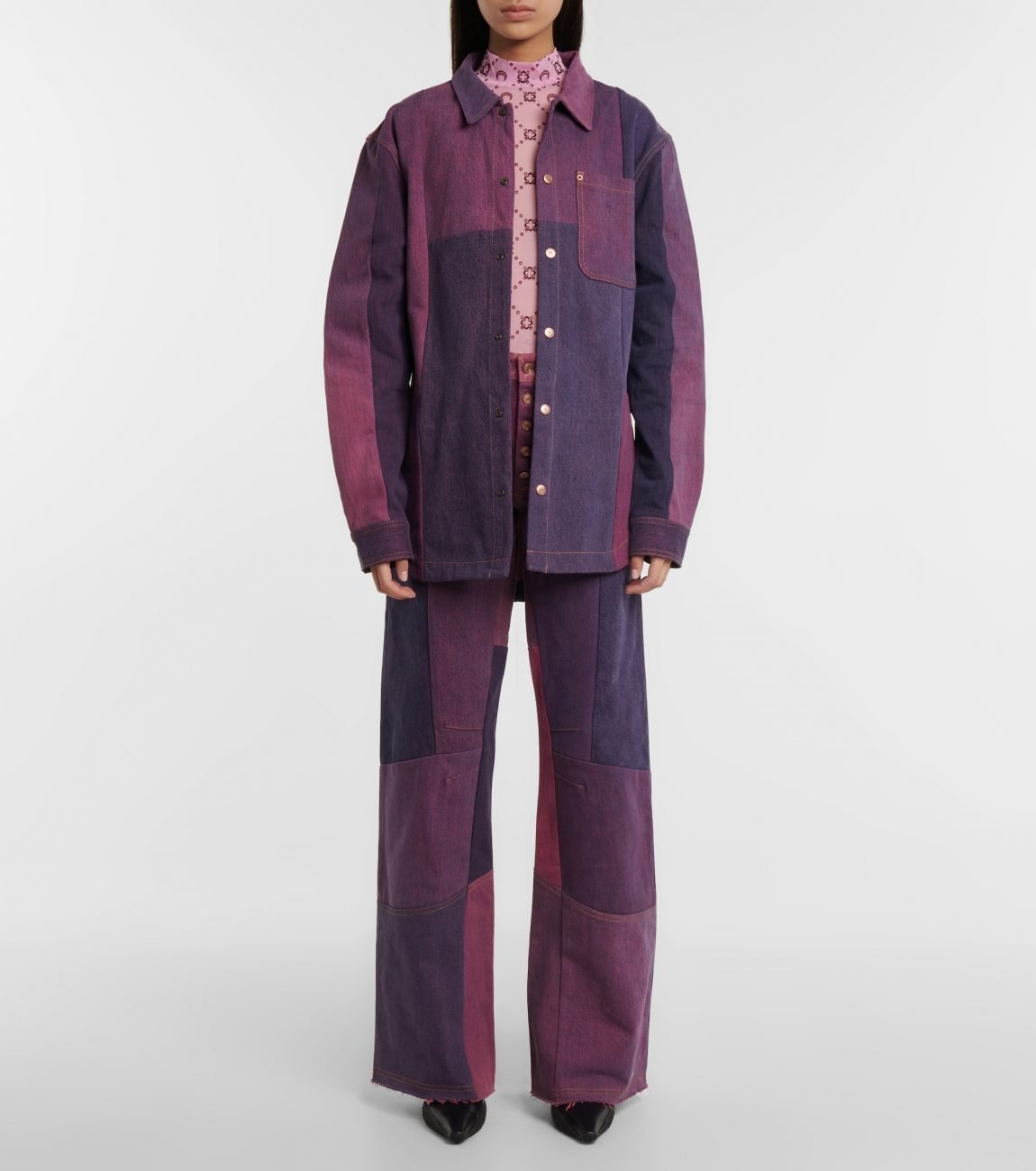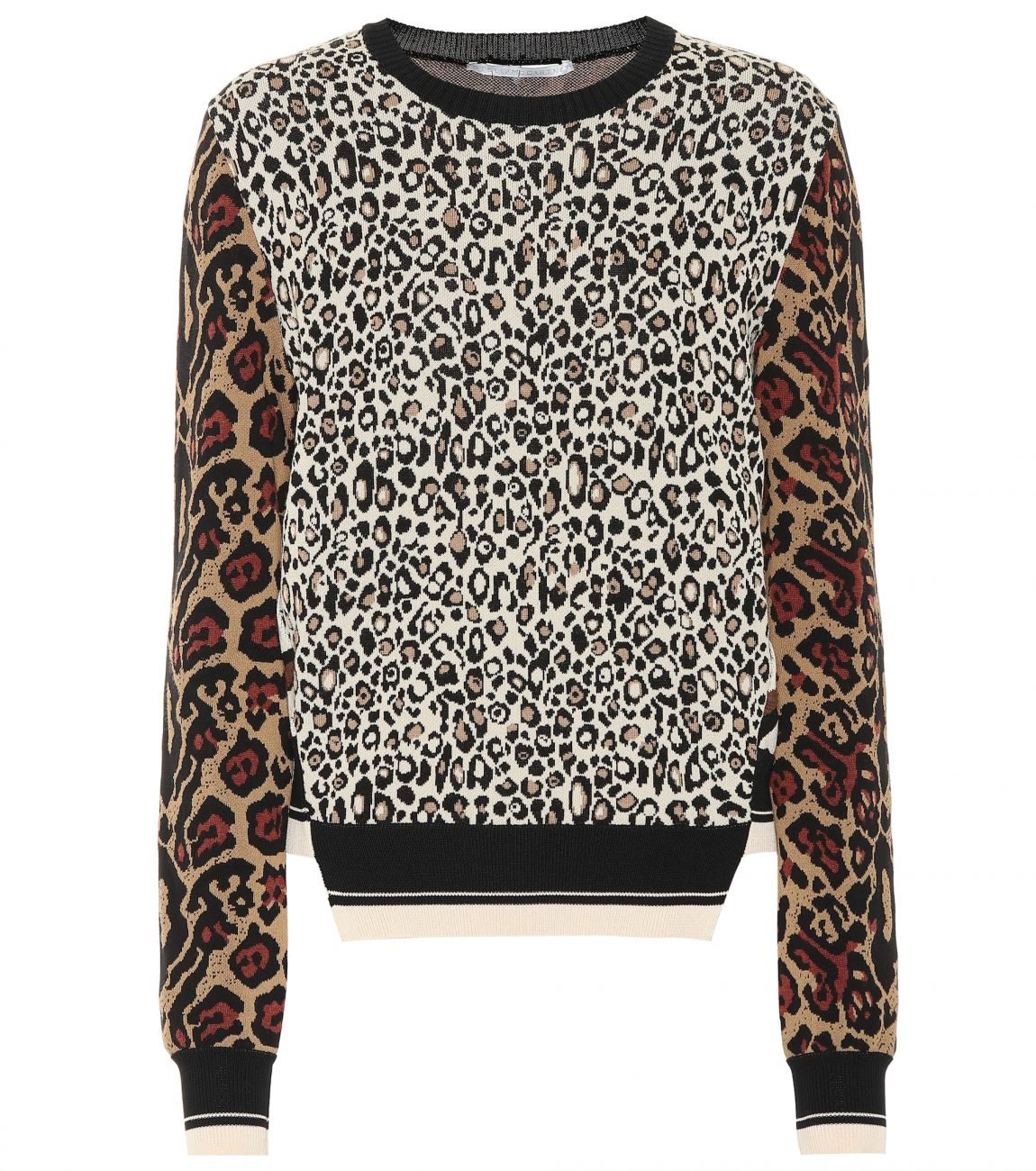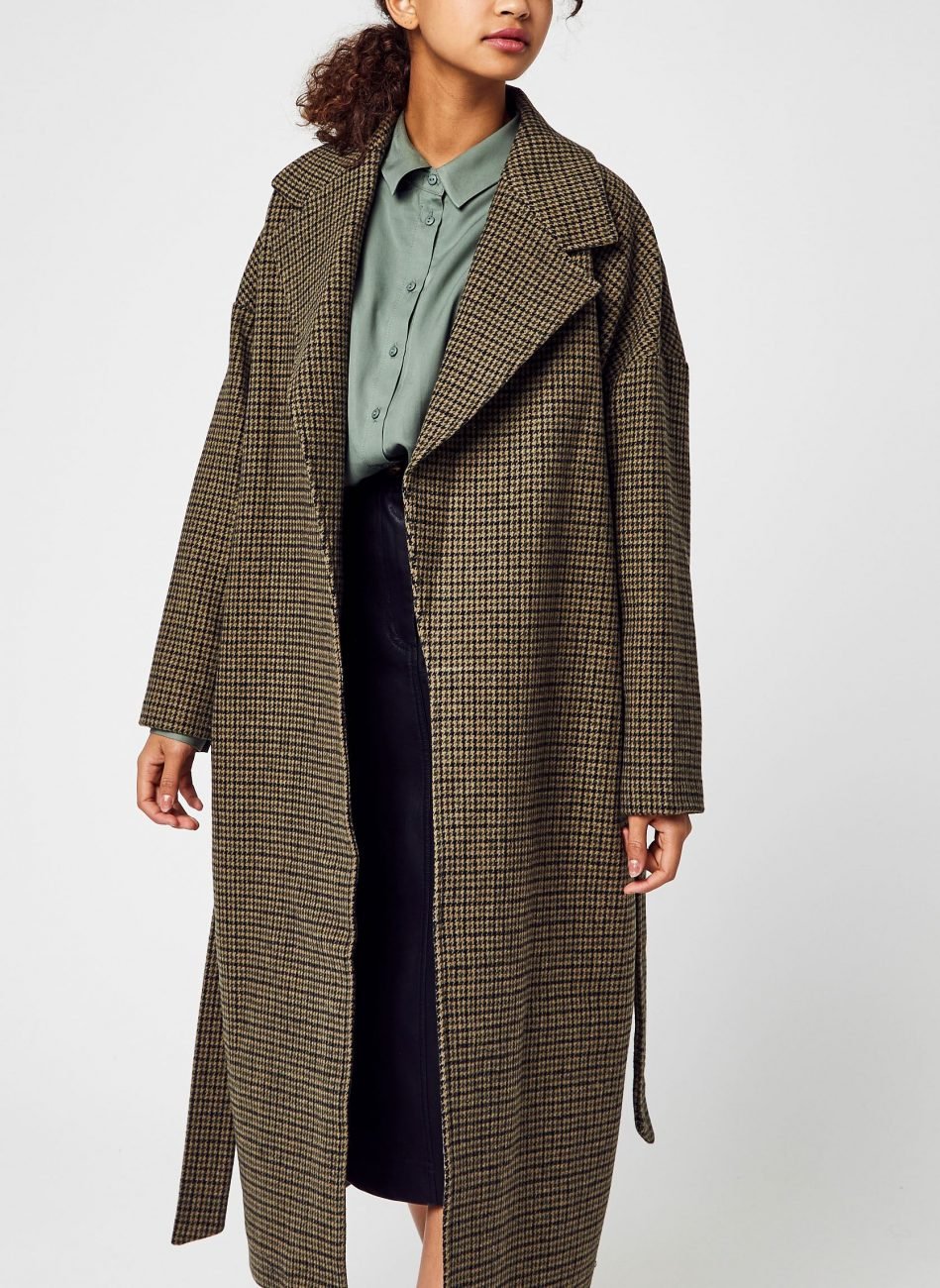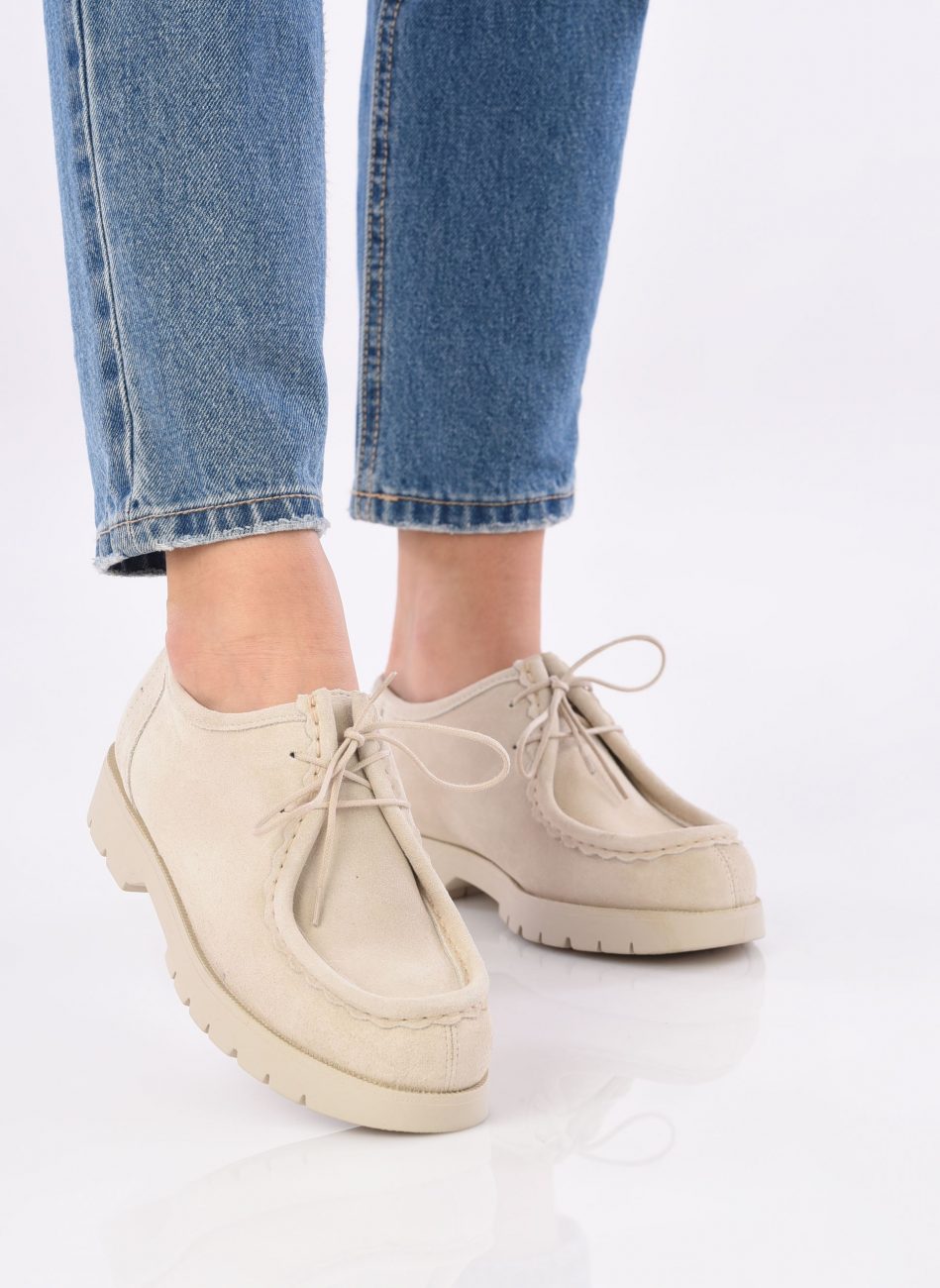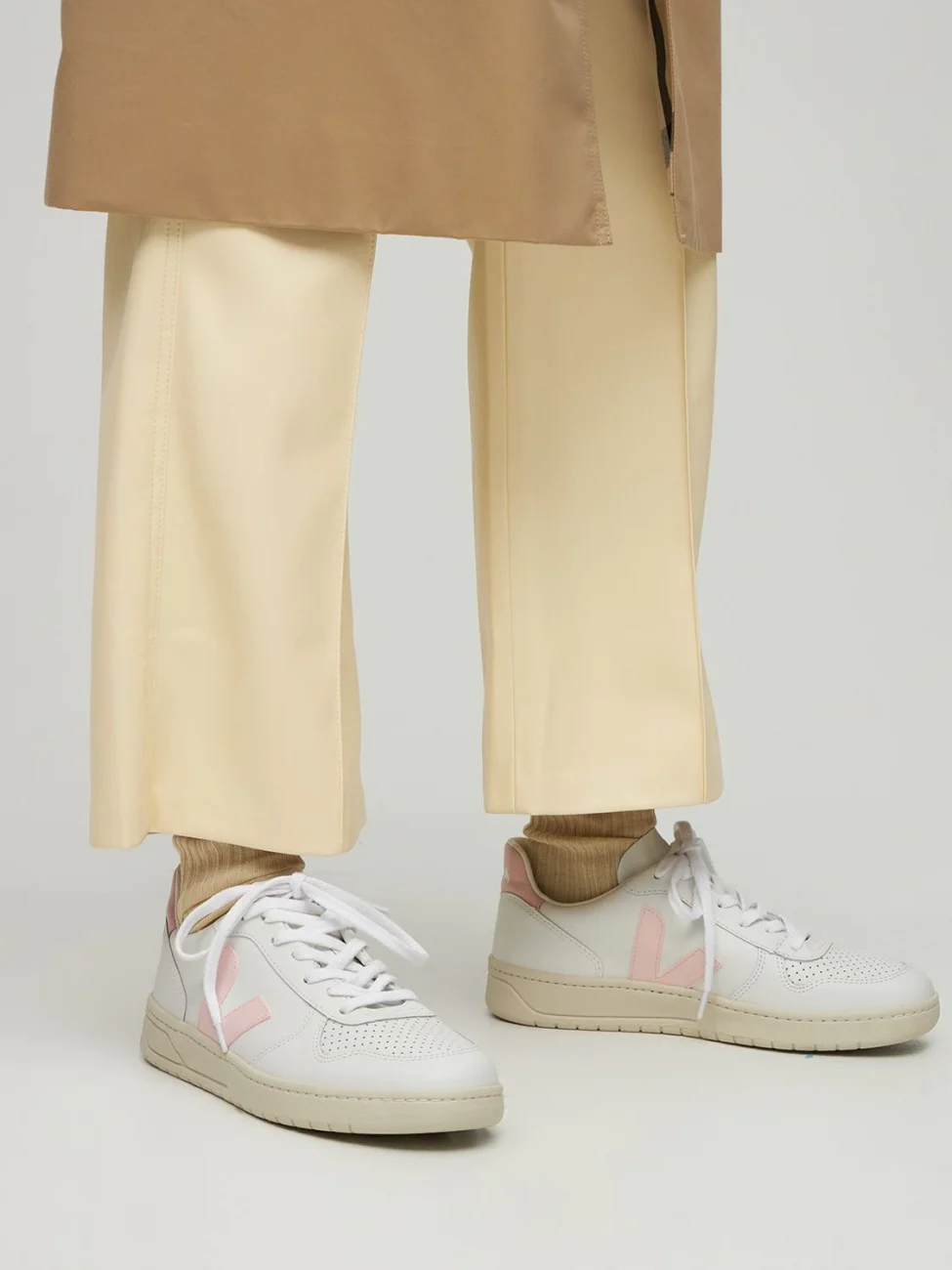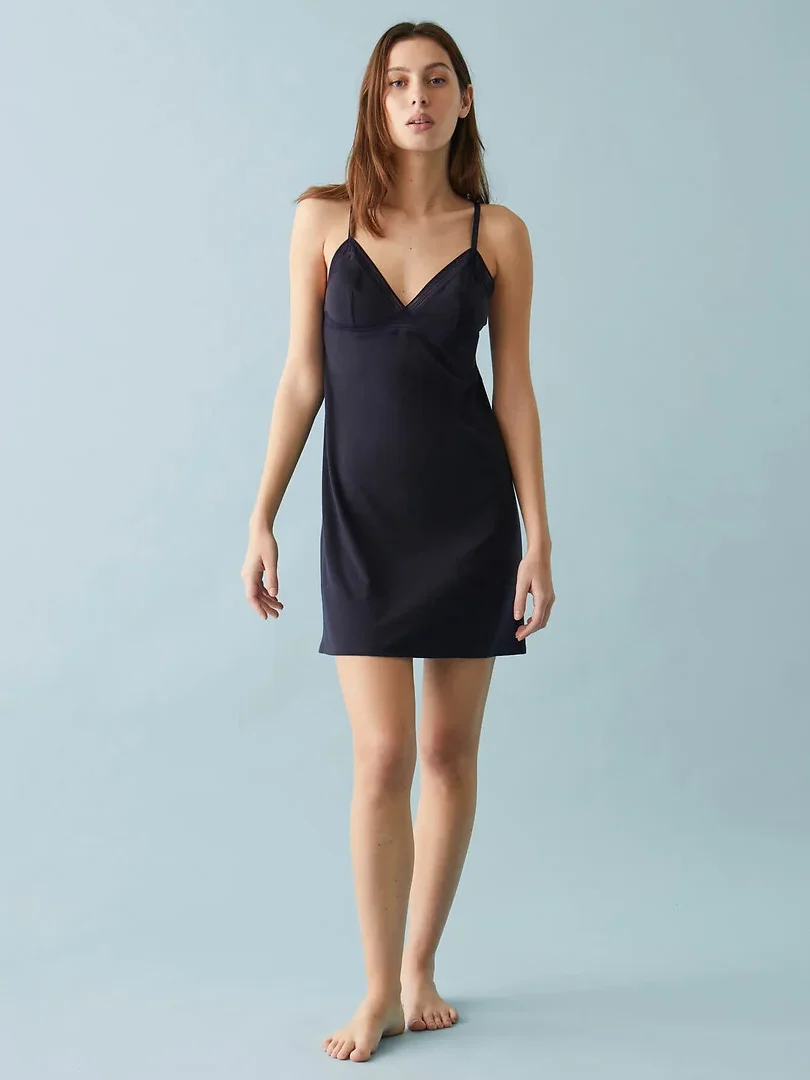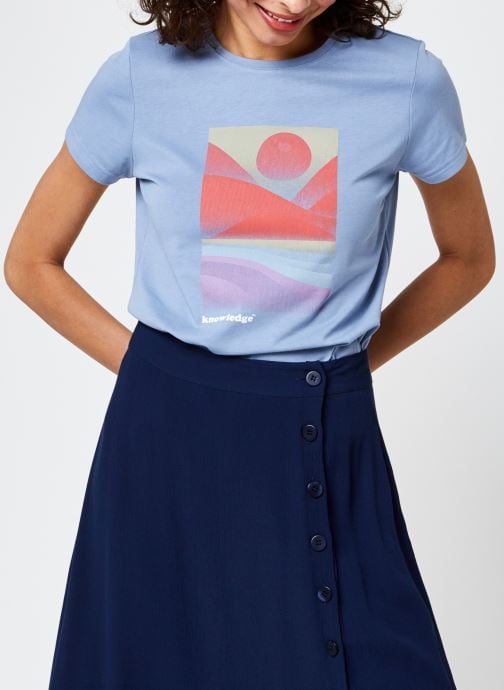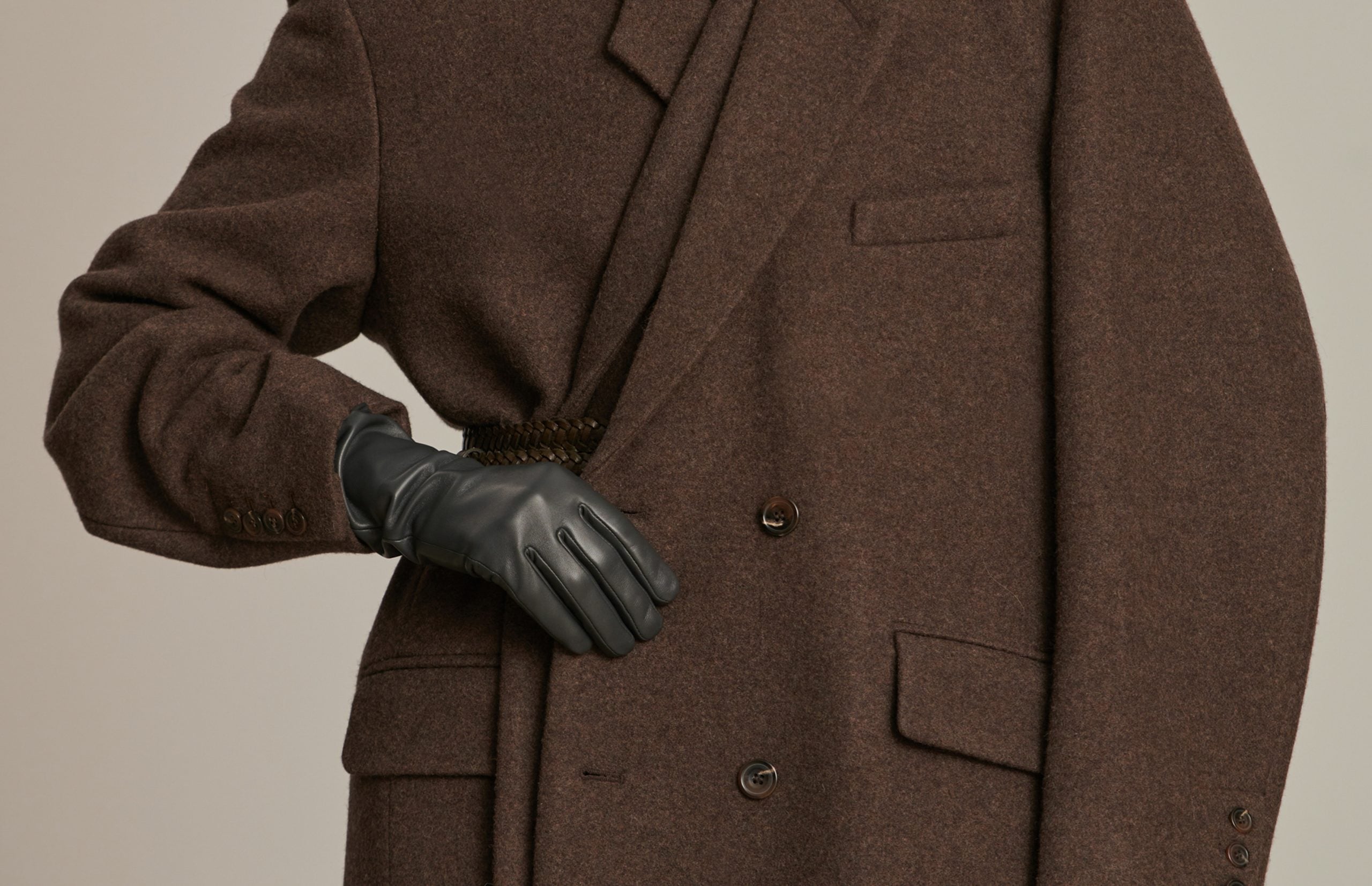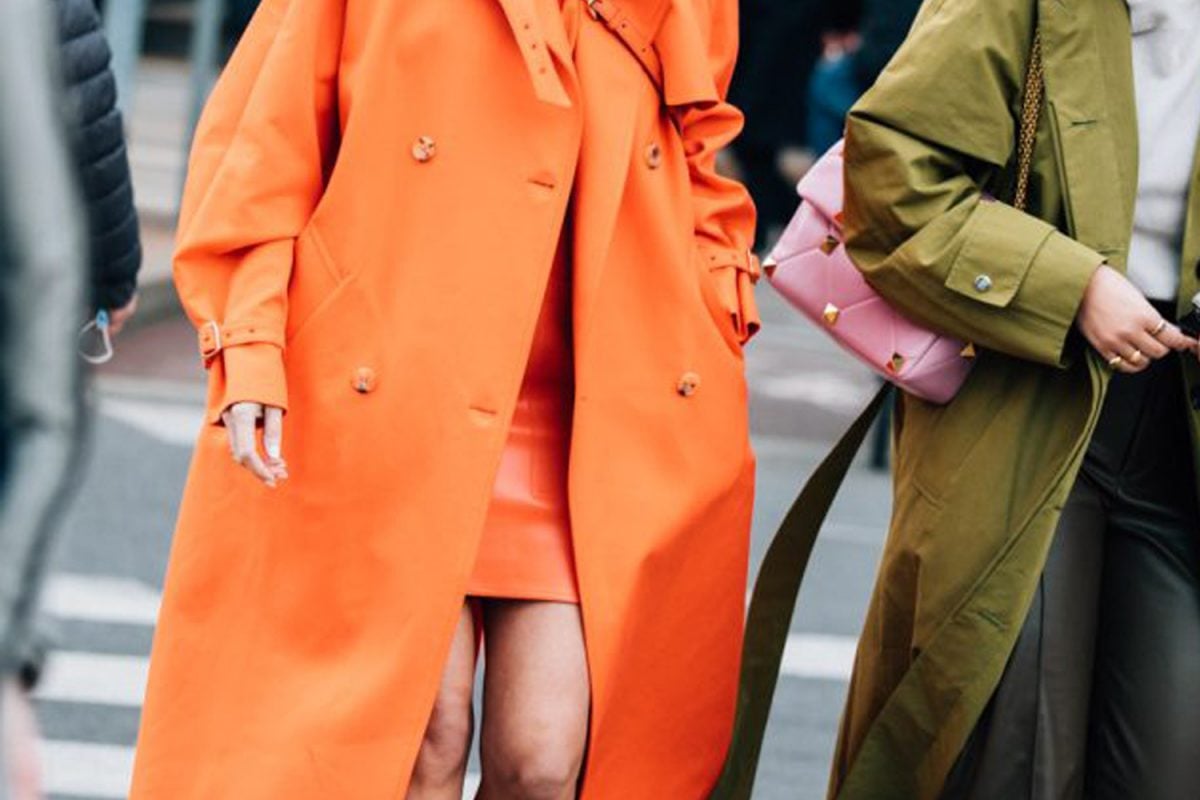
Sustainable Fashion: How to Consume It?
This publication is also available in: Français
English (UK)
Deutsch
Italiano
Español
We can no longer ignore it: fashion pollutes.
Between the overproduction of low-cost garments, questionable working conditions, and the buzz around ultra-fast fashion, the textile industry is particularly under scrutiny these days.
But while the situation may not be the most cheerful, changes are happening within the fashion industry. Even better, in light of environmental issues, sustainable fashion is taking up more and more space. And many brands are now producing responsibly, offering eco-designed products, inviting consumers to buy second-hand, and genuinely distancing themselves from the crazy world of Fast Fashion.
And the government is also beginning (timidly) to step out of the shadows to propose concrete measures that encourage ethical fashion.
In this article, we take stock of these initiatives to show you that yes, sustainable fashion is evolving. We’ll explain what options you have to consume better but less. Finally, you’ll find a selection of brands that deserve recognition for being responsible.
Sustainable Fashion: When the Government Takes Action
The fashion industry is one of the most polluting in the world. Because outside of the product itself, the entire manufacturing chain is polluting: water, energy, pesticides. In the textile industry, the carbon footprint is skyrocketing!
But even more, according to government figures, 450,000 tons of used textiles are not collected. In France, this is equivalent to 45 Eiffel Towers being thrown in landfills or incinerated every year.
If no concrete measures had been taken by the government until now to collect these textiles, that is about to change. On September 28th, France announced a major consultation aimed at a decree that will be made public in November with the idea of announcing a plan for the next six years starting in 2023.
Behind all these bureaucratic debates, the idea is simple: reform the extended producer responsibility (EPR) system in the textile, household linen, and footwear sectors to encourage brands to reduce the amount of clothing produced and to increase their quality to combat climate change.
In other words, France aims to promote sustainable fashion.
And to meet these new requirements, no less than 5 “ambitious” measures are being considered by the government, namely:
- a bonus agreement for brands that produce more “virtuous” products,
- reducing costs related to textile repair,
- developing better solutions for collecting used textiles,
- available funding for sorting and repairing textiles,
- creating a French recycling system for non-reusable textiles.
Moreover, to support these exceptional measures, 600 million euros will be allocated over the next six years. A budget that will be particularly dedicated to repair, reuse, and recycling. On the other hand, 350 million euros will be dedicated to rewarding eco-designed products.
While these are just figures, they do demonstrate a commitment from the government to encourage eco-design and collection to move toward a textile industry that is much more aligned with environmental issues.
In Practice, How to Consume Sustainable Fashion?
The Vintage Option for Dressing Differently
Second-hand and vintage have never been more in vogue than today. Thrift stores have replaced the trendiest ready-to-wear brands, and grandma’s blouse is the most sought-after piece at garage sales. It’s worth noting that the market is estimated to be worth over 1.16 billion euros according to the Kantar barometer.
Vintage clothing is therefore trendier than ever, but more importantly, it offers a unique and differentiating way to dress while being sustainable. Because let me remind you, dressing second-hand means wearing a garment that has already been used. While new items have a considerable ecological impact due to their production and transport, vintage items are much less polluting as they have only been produced once.
Finally, buying vintage also increases the perceived value of the garment. When you spend 30 minutes searching for that gem that will enhance your look, the sentimental value is entirely different. And it’s a sign of a beautiful love story.
Turning to Brands Committed to Producing Less, but Better
One of the scourges of the fashion industry is overproduction, which in turn encourages overconsumption. When you add to that the trend game that brands engage in by designing collections solely aimed at mass selling, you arrive at a rather ugly outcome: that of fast fashion.
Fortunately, committed brands do exist. And when I say committed, I’m not talking about those that claim to be with cleverly crafted advertisements and “greenwashed” slogans. No, the truly committed brands exist, and they are becoming more numerous.
To recognize them, here are some indicators you can pay attention to:
- Certifications/labels: GOTS, Oeko-tex Standard 100, Ecocert, B-corps, OCS, Mohair, Peta Approved Vegan, etc.
- Materials: where do they come from? What are they? How are they certified? Are they recycled or recyclable?
- The approach: is it ethical by respecting working conditions? Is it social by being part of an association or donating a portion of profits to an organization?
- Communication: does it communicate transparently about everything it does, what it plans to do, but especially what it does not do? Is it aware that it is not “perfect”?
- The rhythm of collections: consider that a brand releasing a collection every three weeks must maintain that production pace. This inevitably implies a mobilization of resources that is not in a good direction!
Where to Find Sustainable Clothing? A Selection of Eco-Responsible Pieces
To conclude this article, I would like to add that to consume sustainable fashion, it is important to position yourself as a conscious actor and therefore a responsible consumer. And this begins with information. Question yourself and gather information before making a purchase. But also with commitment. Buying from ethical brands is supporting them in their commitment. And they cannot succeed without you;)
To go further on the topic of sustainable fashion:
- Decoding Responsible Fashion.
- Presentation of 5 Eco-Responsible Luxury Labels.
- Spotlight on Veja and its sneaker that takes a stand.
Featured Image: © Sandra Semburg
